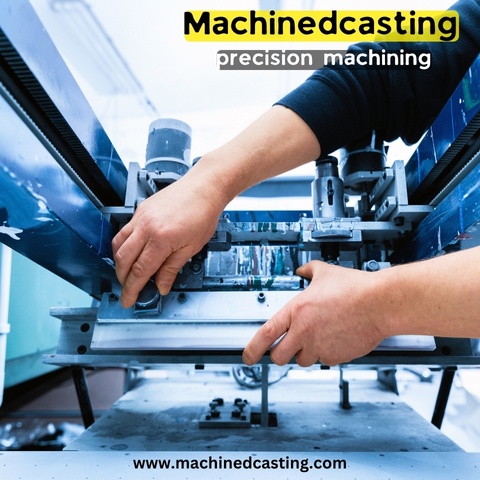Precision machining is a crucial process in various industries, including aerospace, automotive, electronics, and medical device manufacturing. It involves the removal of material from a workpiece to create intricate components with tight tolerances. To achieve optimal results, precision machining requires a combination of advanced machinery, skilled operators, and meticulous attention to detail. In this guide, we'll delve into the key principles, techniques, and best practices for mastering precision machining.
-
Understanding Precision Machining: Precision machining encompasses several techniques, including turning, milling, drilling, grinding, and electrical discharge machining (EDM). Each method has its unique advantages and applications, but they all share the common goal of producing high-precision components with exceptional surface finishes.
-
Selecting the Right Materials: Choosing the appropriate material is crucial for precision machining. Common materials include metals like aluminum, steel, and titanium, as well as engineering plastics and composites. Factors such as hardness, machinability, and thermal conductivity should be considered when selecting the material for a specific application.
-
Machining Equipment and Tools: Investing in high-quality machining equipment and tools is essential for achieving precision and efficiency. CNC (Computer Numerical Control) machines are widely used in precision machining due to their accuracy and versatility. Additionally, cutting tools such as end mills, drills, inserts, and reamers must be carefully selected based on the material being machined and the desired surface finish.
-
Mastering CNC Programming: CNC programming plays a critical role in precision machining operations. Machinists must have a deep understanding of G-code programming language and CAD/CAM software to create accurate toolpaths and optimize machining processes. Proper programming can minimize cycle times, reduce tool wear, and ensure consistent quality.
-
Workholding and Fixturing: Secure workholding is essential for maintaining dimensional accuracy and stability during machining operations. Proper fixturing techniques, such as using clamps, vises, and custom fixtures, help prevent vibration and distortion, resulting in higher precision and repeatability.
-
Toolpath Optimization: Efficient toolpath planning is key to maximizing productivity and minimizing machining time. Machinists should optimize toolpaths to minimize air cutting, reduce tool retractions, and maximize the utilization of cutting tools. This can be achieved through simulation software that allows for virtual testing and optimization of machining processes.
-
Quality Control and Inspection: Quality control is paramount in precision machining to ensure that parts meet specified tolerances and quality standards. Machinists employ various inspection techniques, including coordinate measuring machines (CMM), optical comparators, and surface profilometers, to verify dimensions and surface finish. Regular calibration of measuring instruments is essential to maintain accuracy.
-
Continuous Improvement: Precision machining is a dynamic field that constantly evolves with advancements in technology and manufacturing practices. Machinists should continuously seek opportunities for improvement through ongoing training, process optimization, and adopting emerging technologies such as additive manufacturing and Industry 4.0 principles.
In conclusion, mastering precision machining requires a combination of technical expertise, state-of-the-art equipment, and a commitment to quality and efficiency. By understanding the principles outlined in this guide and implementing best practices, machinists can achieve exceptional results and stay competitive in today's demanding manufacturing environment.


No comments yet